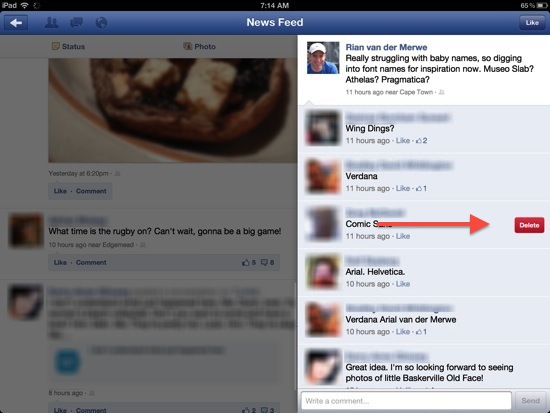Natalie Wolchover asks Why Is Everyone on the Internet So Angry?, and along with the usual anonymity/distance explanations, she makes the following point:
And because comment-section discourses don’t happen in real time, commenters can write lengthy monologues, which tend to entrench them in their extreme viewpoint. “When you’re having a conversation in person, who actually gets to deliver a monologue except people in the movies? Even if you get angry, people are talking back and forth and so eventually you have to calm down and listen so you can have a conversation,” [professor of psychology Art] Markman told Life’s Little Mysteries.
It reminds me of the John Mayer song (sorry!) Belief where he says, “Is there anyone who ever remembers changing their mind from the paint on a sign?” I don’t even know why we think these angry comment-section monologues might change anyone’s mind, but then again, we might not be doing it to convince anyone but ourselves. After all, most angry comments on the web can easily be explained using Paul Ford’s WWIC (“Why Wasn’t I Consulted?”) concept. But I digress.
Right after I read Natalie’s article, I read a post on the 37signals blog called What are questions?, in which Jason Fried paraphrases a discussion he had with Clay Christensen:
Questions are places in your mind where answers fit. If you haven’t asked the question, the answer has nowhere to go. It hits your mind and bounces right off. You have to ask the question – you have to want to know – in order to open up the space for the answer to fit.
If you aren’t curious enough to want to know why, to want to ask questions, then you’re not making the room in your mind for answers. If you stop asking questions, your mind can’t grow.
I think that the main reason why comment-section monologues are so ineffective to change people’s viewpoints, is that it provides answers for questions that no one is asking. Clay is right: if you’re not asking yourself why you believe the things you believe, you’re not going to listen to anyone’s answer telling you that you’re wrong.
Imagine a comment thread where, at the end of every reply, the commenter says something like, “But I might not be right about this… does anyone have any arguments to prove me wrong?” I know what you’re thinking: “LOL, that will never happen.” Of course it won’t. But online discourse would be so different if each of us allowed for the possibility that we might not be right about something. If we made a question-space just big enough for an answer that could change our minds.
We can dream about a such a world, right?
